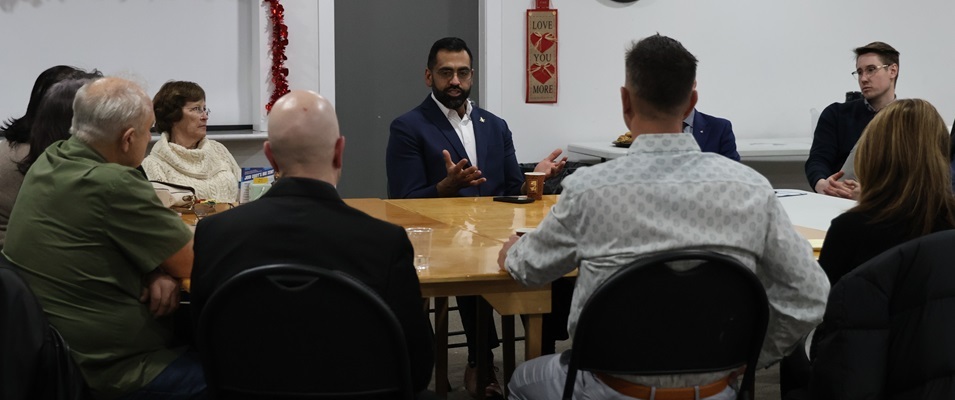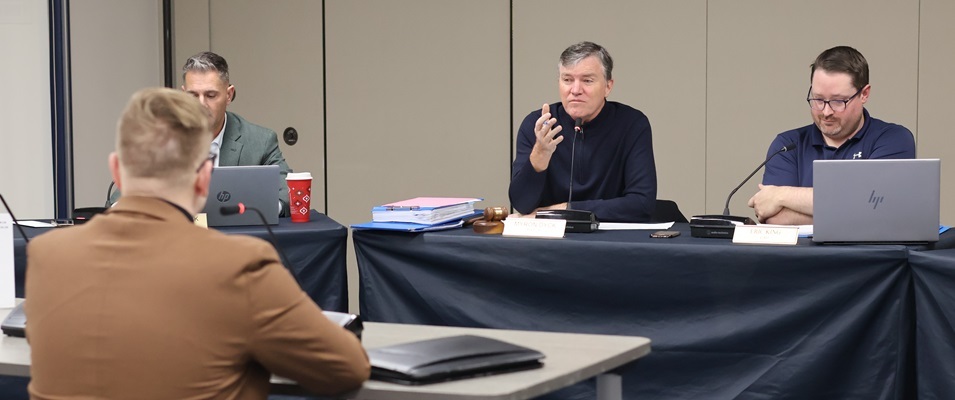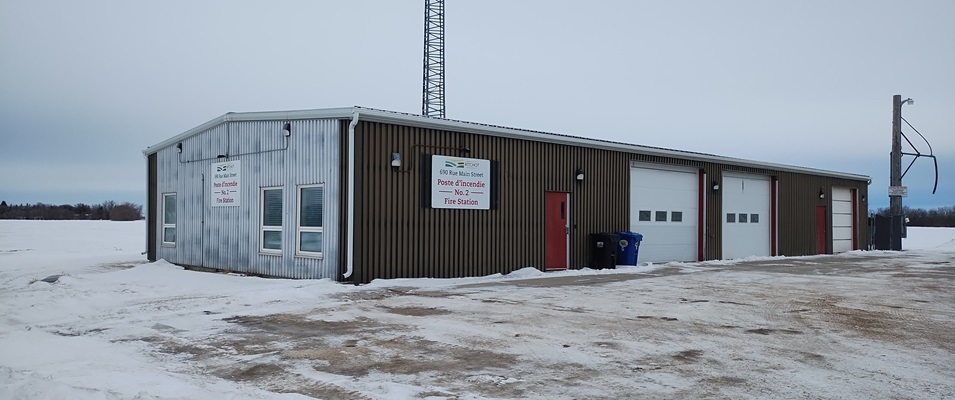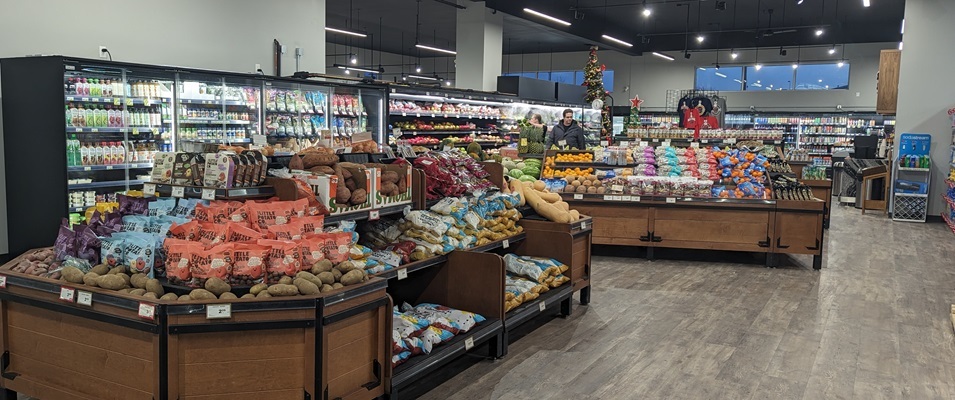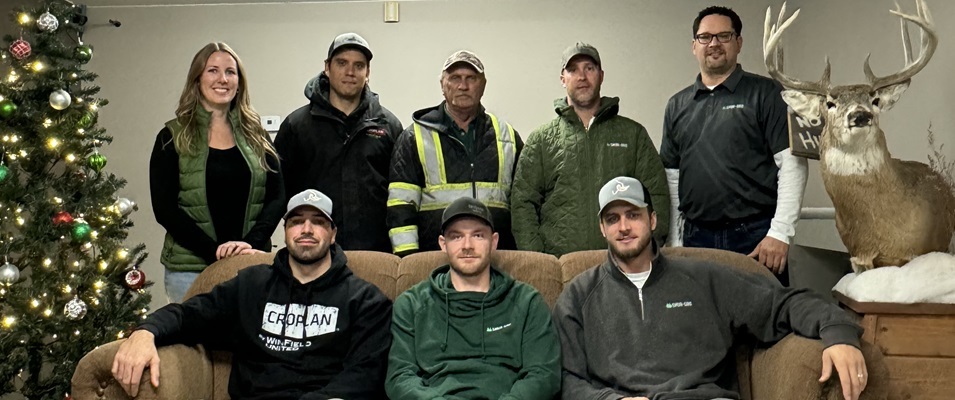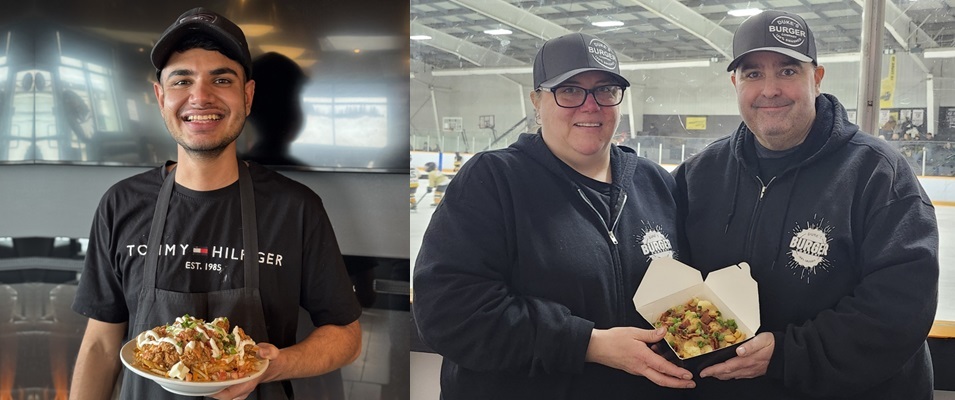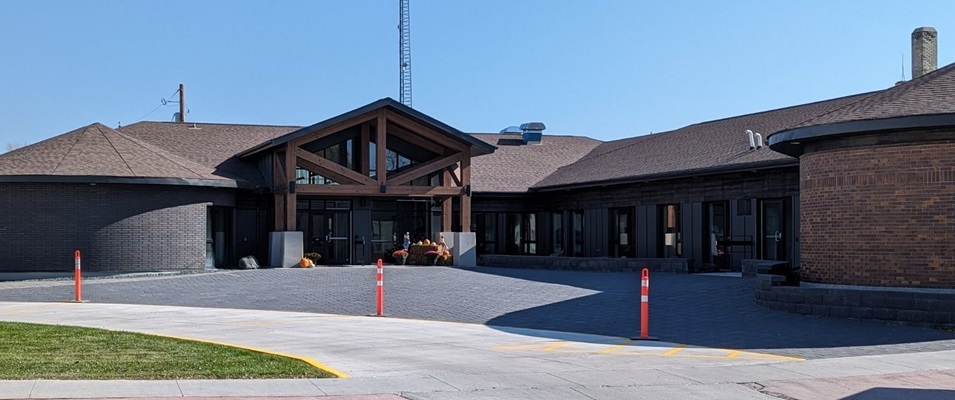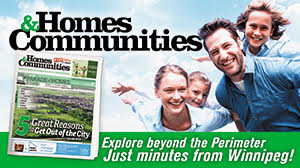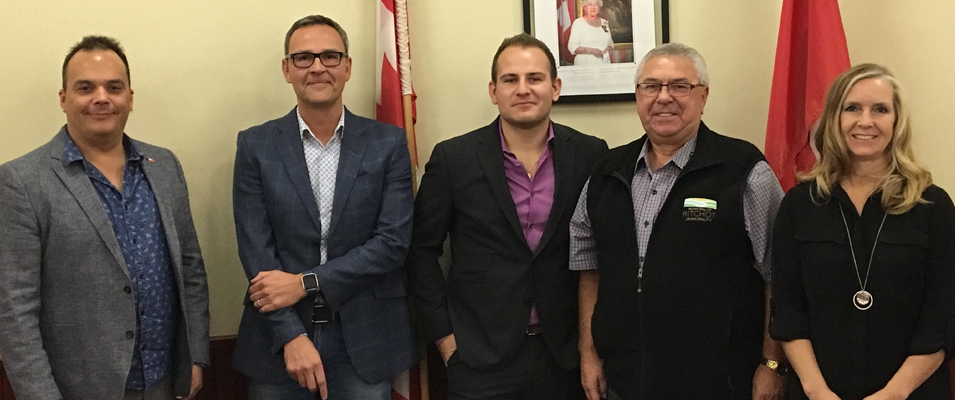
On October 26, Ritchot’s newly elected council gathered for an inauguration ceremony, launching the mayor and four councillors into a new four-year term. This event followed on the heels of a municipal election which concluded with councillors Ron Mamchuk and Shane Pelletier regaining their seats. Mayor Ewen, councillor Janine Boulanger of Ward 4, and new councillor Curtis Claydon of Ward 3 had been previously re-elected by acclamation.
Pelletier took Ward 1 with 78 percent of the vote, obtaining 302 votes over Yves Berard’s 87. Ward 2 proved to be a tighter race. Mamchuk won with a smaller margin of 53 percent of the vote. The final tally showed 248 votes for Mamchuk and 222 votes for Keith Pearce. Voter turnout in Ward 1 was 28 percent while Ward 2 was a bit higher at 36 percent.
“I knew the election was going to be very close,” says Mamchuk. “As I was out campaigning, I saw indications that it would be. A lot of people were still undecided during that time.”
Mamchuk says he worked hard during the weeks preceding election, making as many door-to-door calls as possible and handing out flyers throughout St. Adolphe and area.
“I was pleased with the results,” Mamchuk adds. “I have to give Mr. Pearce credit because he put in a strong campaign. I’d like to thank all of the residents in Ward 2 that supported me and voted me in.”
Pelletier, too, is thankful that his hard work paid off.
“I was truly humbled by the results,” Pelletier says. “The support I received during this campaign has been tremendous. I believe I got my name out there well. I’ve been fairly involved in the community for a long time and I think that had a lot to do with my success in the election.”
As for low voter turnout, Pelletier says some work will need to be done to encourage more people to participate in future elections.
“We obviously would like to see a bigger turnout at election time,” Pelletier concedes. “Other than the by-election last year, 30 percent seems to be average over the years. I’m not sure why there seems to be a shortage of voters at all three levels of government. I’d like to look over the demographics of the people that chose to vote in this election and see what gaps are there and try to work out a plan so that we can reach out to the ones that choose not to vote. [The hope would be to create] opportunities to get more people invested in the community in which they live.”






